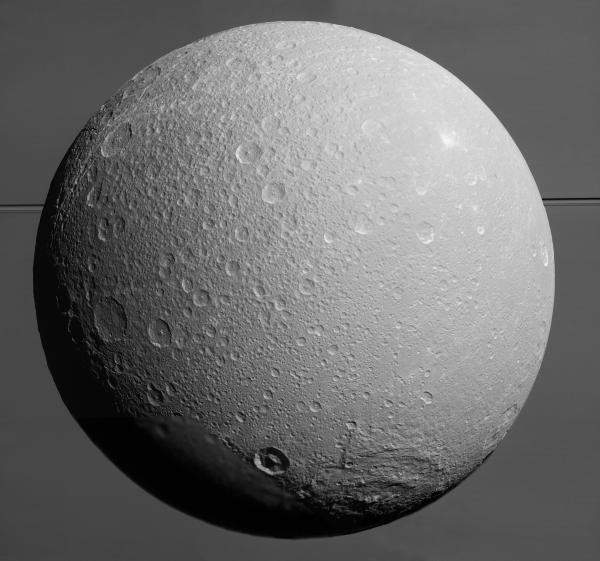
NASA’s venerable Cassini spacecraft may still have another two years left in its exploration of the Saturn system but on Monday, August 17, it had its final intimate visit with Dione, one of Saturn’s largest natural satellites at nearly 700 miles (1,126 km) across. On that day Cassini passed within 300 miles (480 km) of Dione at 2:33 p.m. EDT (18:33 UTC), not its closest flyby ever but certainly near enough to get some truly spectacular views of the icy moon’s ancient and cratered surface.
Check out some of Cassini’s last close-up images of Dione below:
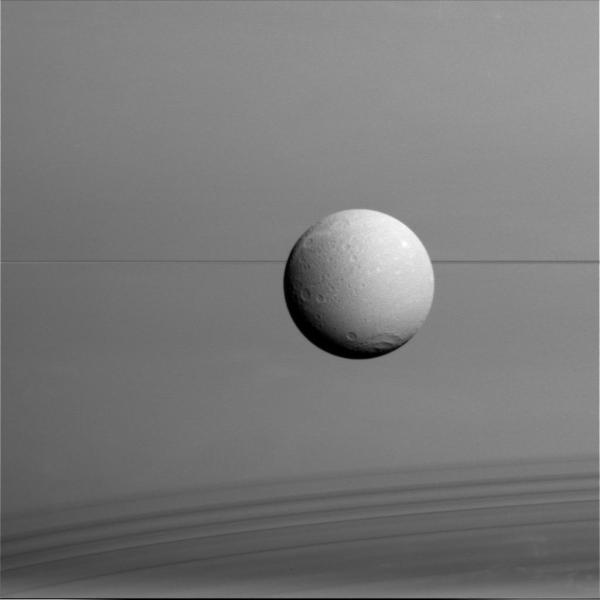

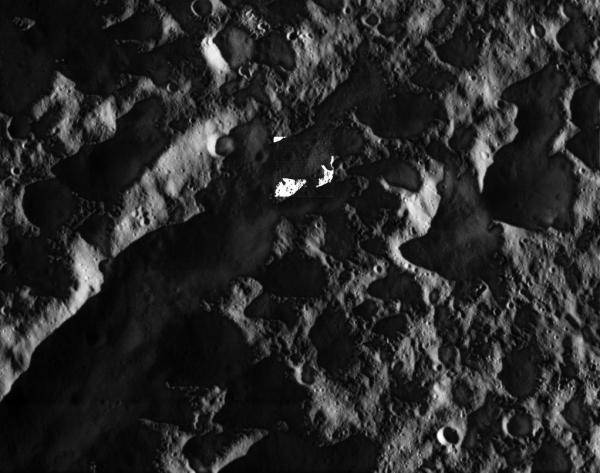
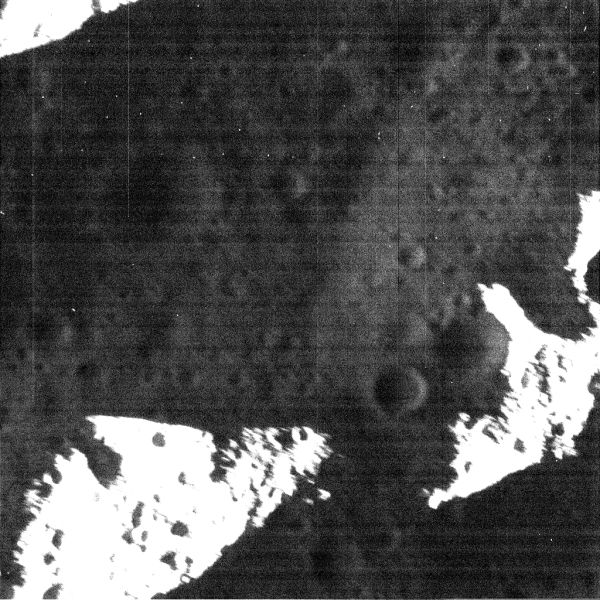
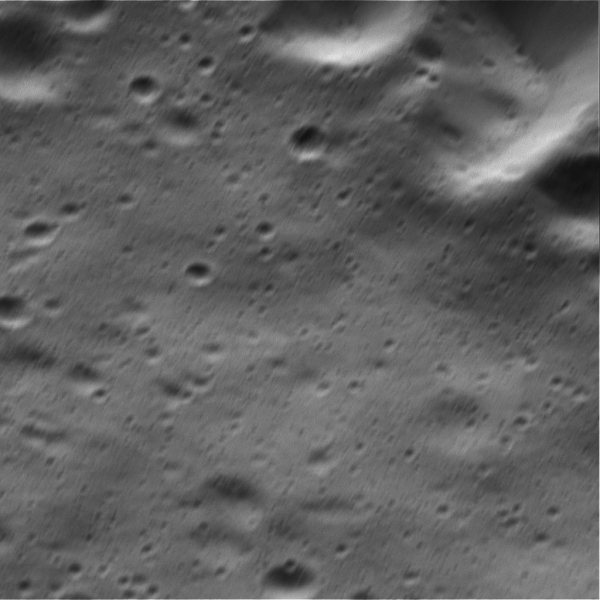
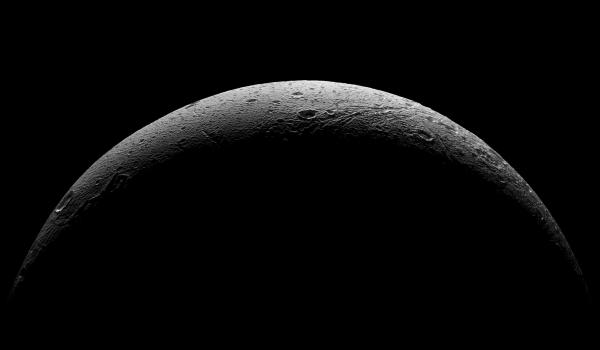
Cassini scientists will study data from the gravity science experiment and magnetosphere and plasma science instruments over the next few months as they look for clues about Dione’s interior structure and processes affecting its surface. (Source)
“I am moved, as I know everyone else is, looking at these exquisite images of Dione’s surface and crescent, and knowing that they are the last we will see of this far-off world for a very long time to come,” said Carolyn Porco, Cassini imaging team lead at the Space Science Institute, Boulder, Colorado. “Right down to the last, Cassini has faithfully delivered another extraordinary set of riches. How lucky we have been.”
See more raw images from the D-5 flyby here, and watch a video highlighting Cassini’s previous close passes of Dione below:
Launched Oct. 15, 1997, Cassini arrived in orbit at Saturn on June 30, 2004. It has spent the last eleven-plus years intimately exploring Saturn, its rings, and its family of moons, revealing information only possible through a long-term mission over multiple seasons (and multiple mission extensions!) On September 15, 2017 Cassini will perform its last and most dramatic “Grand Finale” maneuver, traveling between Saturn’s rings and down into the atmosphere of the planet itself. Until then we will steadily be seeing more of Cassini’s “lasts”…hopefully they’ll all yield as beautiful results as this one did!
Learn more about the Cassini mission here and see a collection of images acquired from the spacecraft here.
Above image credits: NASA/JPL-Caltech/Space Science Institute
Also here’s a color-composite I assembled from raw images acquired before the flyby and posted on JPL’s Cassini mission site – Dione is quite grey, even in boosted color, but you can make out some of its pale bluish tint:
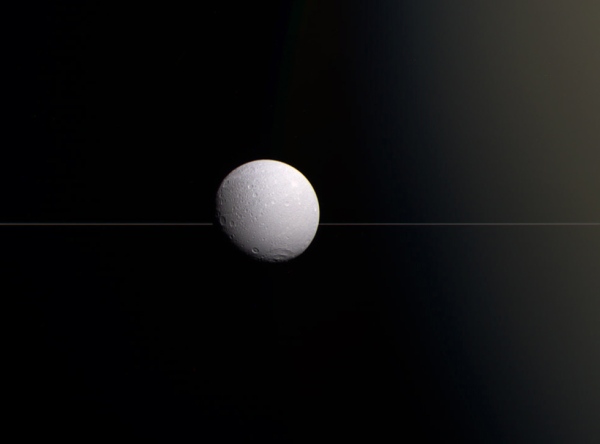
(You can also see a previous color view of Dione here.)
It was a nice place to visit but I wouldn’t want to live there.
LikeLike
Me neither. Internet is too slow.
LikeLike